My friend and wonderfully talented artist, Ralph Horsley, is running a Kickstarter (that is off to a fast start) and I wanted to shine a little light on what he was offering! When I think of Ralph’s work the words that come to mind are; detail, insane detail, massive amounts of detail, and “does Ralph ever sleep!? I mean how does he paint so much beautiful detail in his work?!
Ralph’s work of course doesn’t just stand out for the detail, it’s beautifully composed and his palettes are always so well done.
But I do love how richly rewarded I always am for sticking my nose right up to the screen to look for all the little stories, nuances and vignettes that give a little peek into his mind. Look at this bit of insanity!
and here is a beautiful “making of” video from Ralph’s YouTube page for the above painting:
There is too much in this painting for one video, so here is part 2!
Amazing, right?! I asked Ralph if he would mind writing a little bit about his process and sharing some images. Enjoy this and then go support his great Kickstarter. This is how we get nice things! 🙂
From Ralph
The last few months have seen me trawling through my archives. Boxes, files, folders, and portfolio cases have all been opened. The dark recesses of subfolders burned onto CD-Rs, and backed up hard drives, have been peered into, seeking what half-forgotten treasures hide within. That exploration has been a journey back through my career to compile the content for my artbook ‘Ralph Horsley: An Art Adventure’.
Naturally, it has caused some reflection on my part, and an aspect of that has been the development of my working process. I am self-taught, and that included teaching myself bad habits. I had an enthusiasm to be ‘getting on with it’, and time not spent on the final piece felt wasteful and repetitious. Adding extra stages to the process appeared counter-intuitive to expediting a short deadline.
In the past decade, I have taught myself oil painting. The switch from Acrylics opened the floodgates of experimentation and I went through quite a time trying out different surfaces, mediums, brushes, the works. I quickly learned to change only one variable at a time!
During that adventure, my process was examined and developed. It has several stages now, which all aid to making a stronger final painting more quickly. As an example is my work on the Magic the Gathering card, Selfless Savior.
Ideas. This is the quick doodle stage. The thumbnail. Familiarization with the concept and where your ideas will take you. Often just lines, circles, and squiggles that within days will lose their meaning to me.
Composition Studies. I will sketch up two or more of the good ideas. I like to work on Daler-Rowney toned board, sketching loosely in graphite then inking with a brush pen. I add value range with sepia ink, graphite, and Acrylics. The image area is only around 7” x 5”, so there is not a lot of detail, but the overall forms are where I want them This study is then scanned and tweaked in Photoshop.
Colour Study. The composition studies are printed out, mounted, and primed with matte medium. This gives a robust surface for an acrylic painting. They are still small, enabling a quick resolution of different approaches. There is nothing to lose here. I can quickly print out another piece, so it can be fun to try out unusual ideas without any jeopardy. The toned composition studies, and corresponding color studies, were presented to the Art Director for their feedback, and selection.
Final Sketch. The composition study is sketched up to full size, approx. 22” x 17” in this case. I use a graphite stick on the same Daler-Rowney board as earlier. The Study is refined, and detail added. Then using a brush pen I ink in the mainline work. This helps protect the integrity of the sketch which I like to paint directly onto.
Painting. To prepare the surface for the oil paints I apply at last three thin layers of clear gesso. Sanding down as I go along to create the surface I like. Sepia ink is applied as an underpainting, laying out the basic value range as seen in the study. All that in place I apply the oils. This happens in at least three passes. I block in paint everywhere, adhering to the value range and color study, but not worrying too much about refinement. I like using a 50/50 mix of Drying Linseed Oil/Liquin, diluted if necessary, with low odor White Spirit, as a medium. This mix usually dries to the touch overnight. The second pass adds that refinement, with a mix of glazing, blending, and tightening up. The last is when I get out the smallest brushes for the final touches.
My younger self would be surprised at the level of process I now embrace but would have been gratified to know how planning at each stage makes the work overall easier, and faster. One thing we both still share is a desire to make better artwork, and I feel very thankful to have a career that has enabled adventures exploring how to do that.
You can see the rewards from those adventures in the pages of my artbook. It spans three decades of work, containing over 400 images. The Kickstarter campaign is ongoing, funded in 27 minutes, and is heading towards the high-end stretch goals.
Ralph Horsley: An Art Adventure
Thanks in advance for any support.
End of Ralph’s comments
Thanks for giving the post a read!
Howard


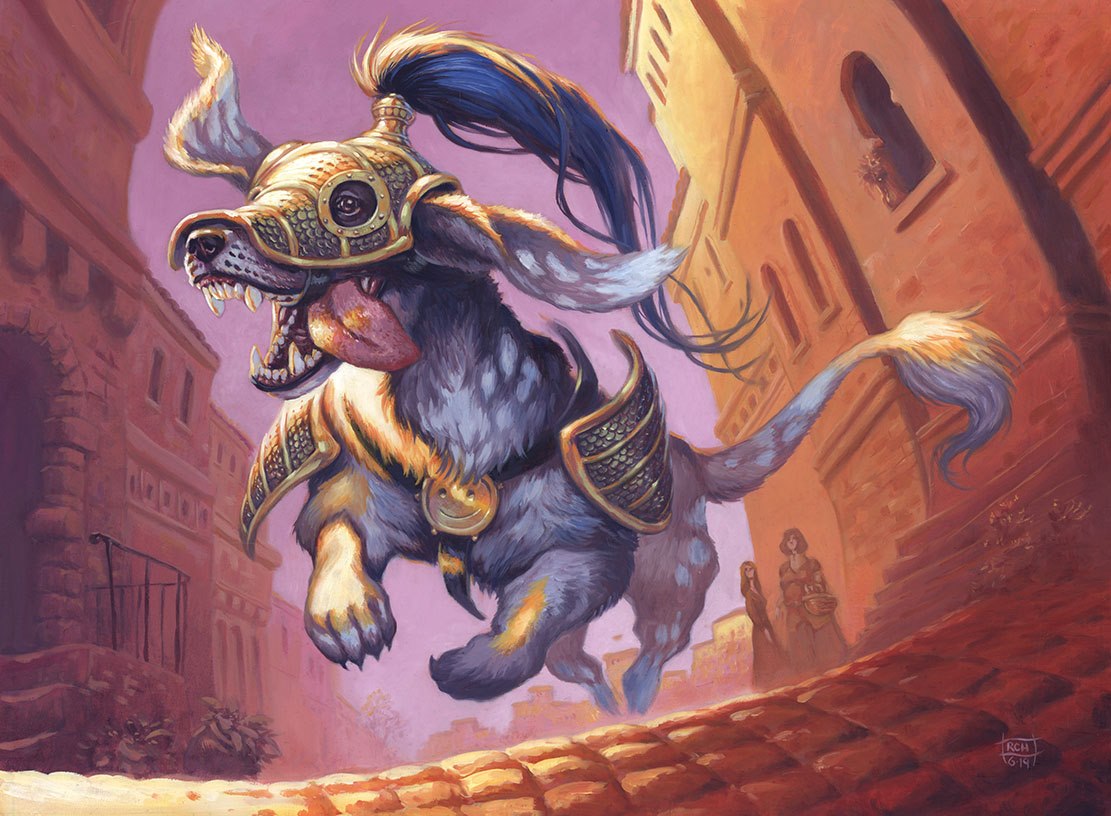

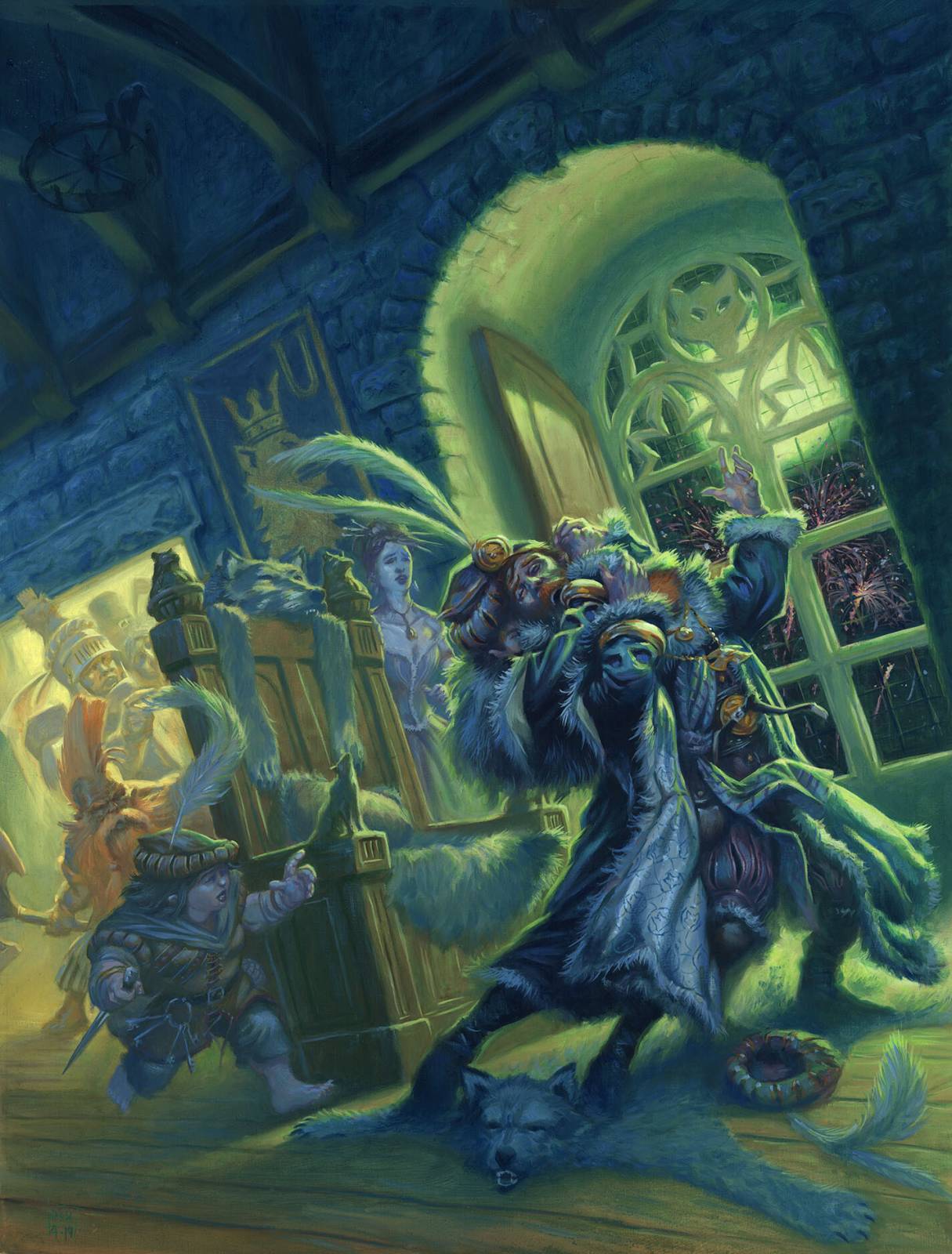

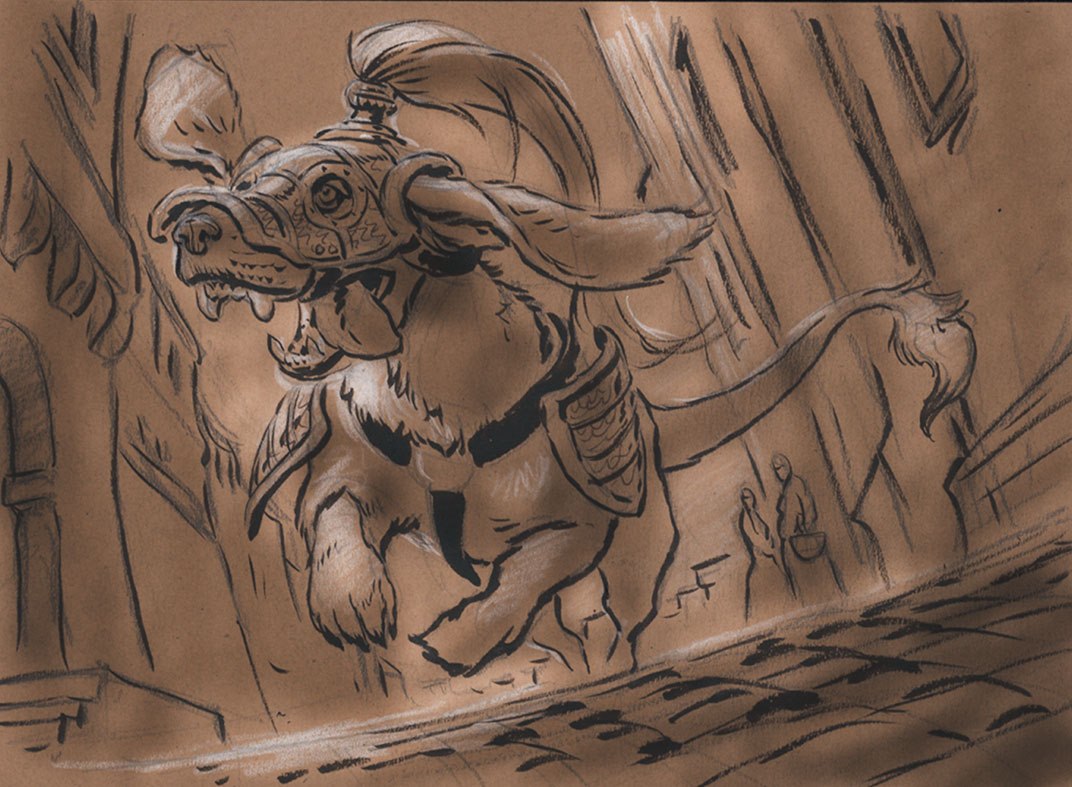
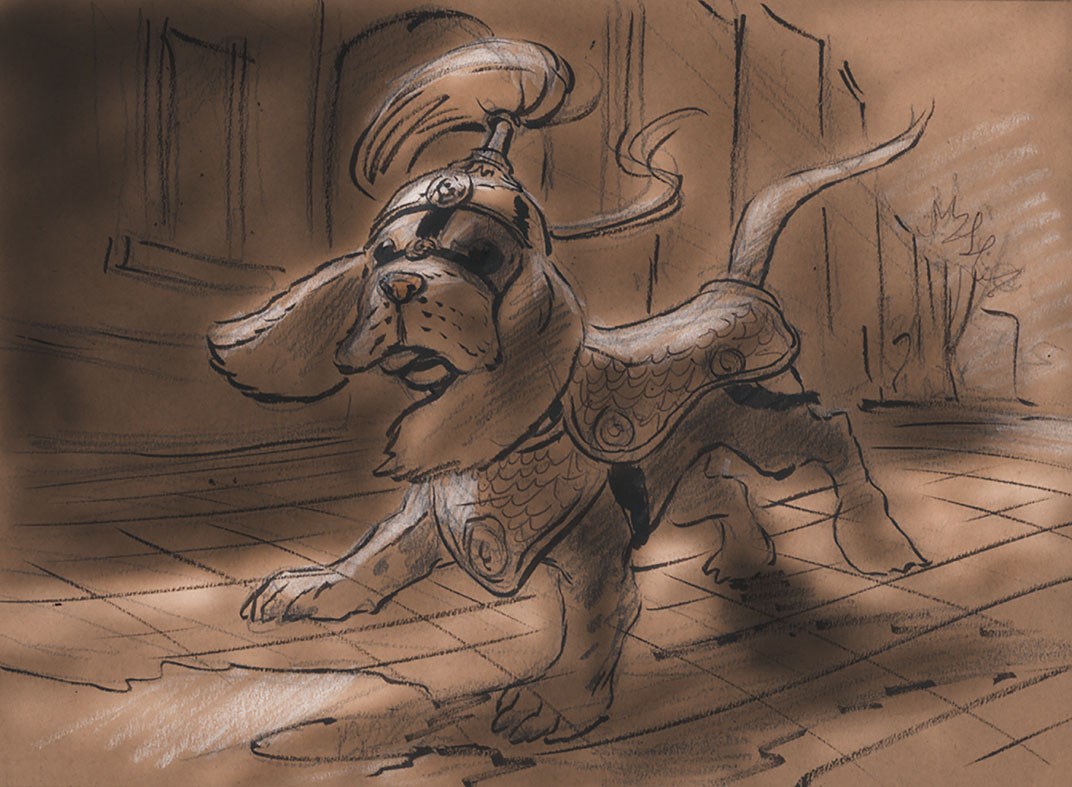
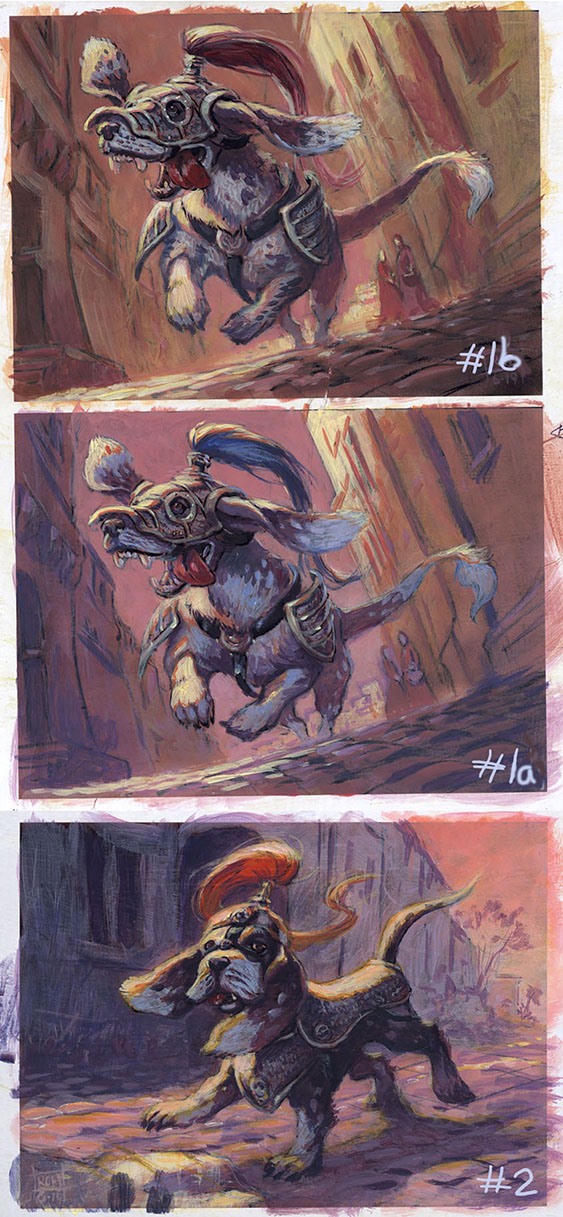
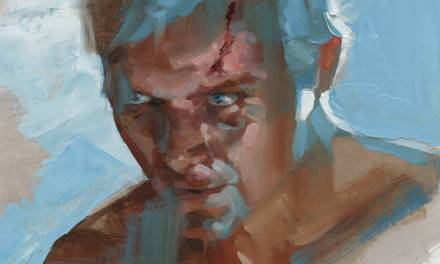
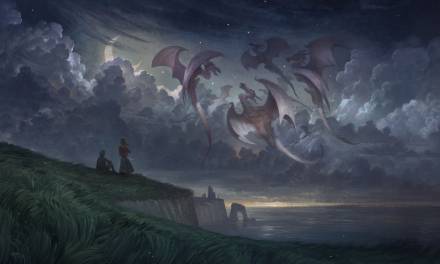
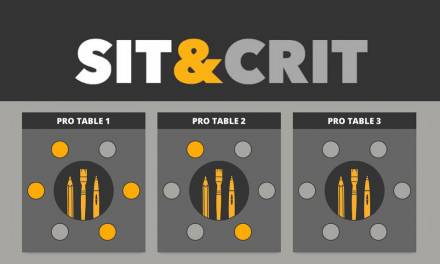
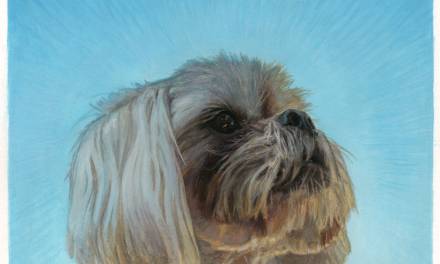

Gggs, that huge painting was sick! The kickstarter looks pretty awesome. Nice to see such established artists go into it. Would love to see one by Matt Stawicki!
I would love to see yeonii come back